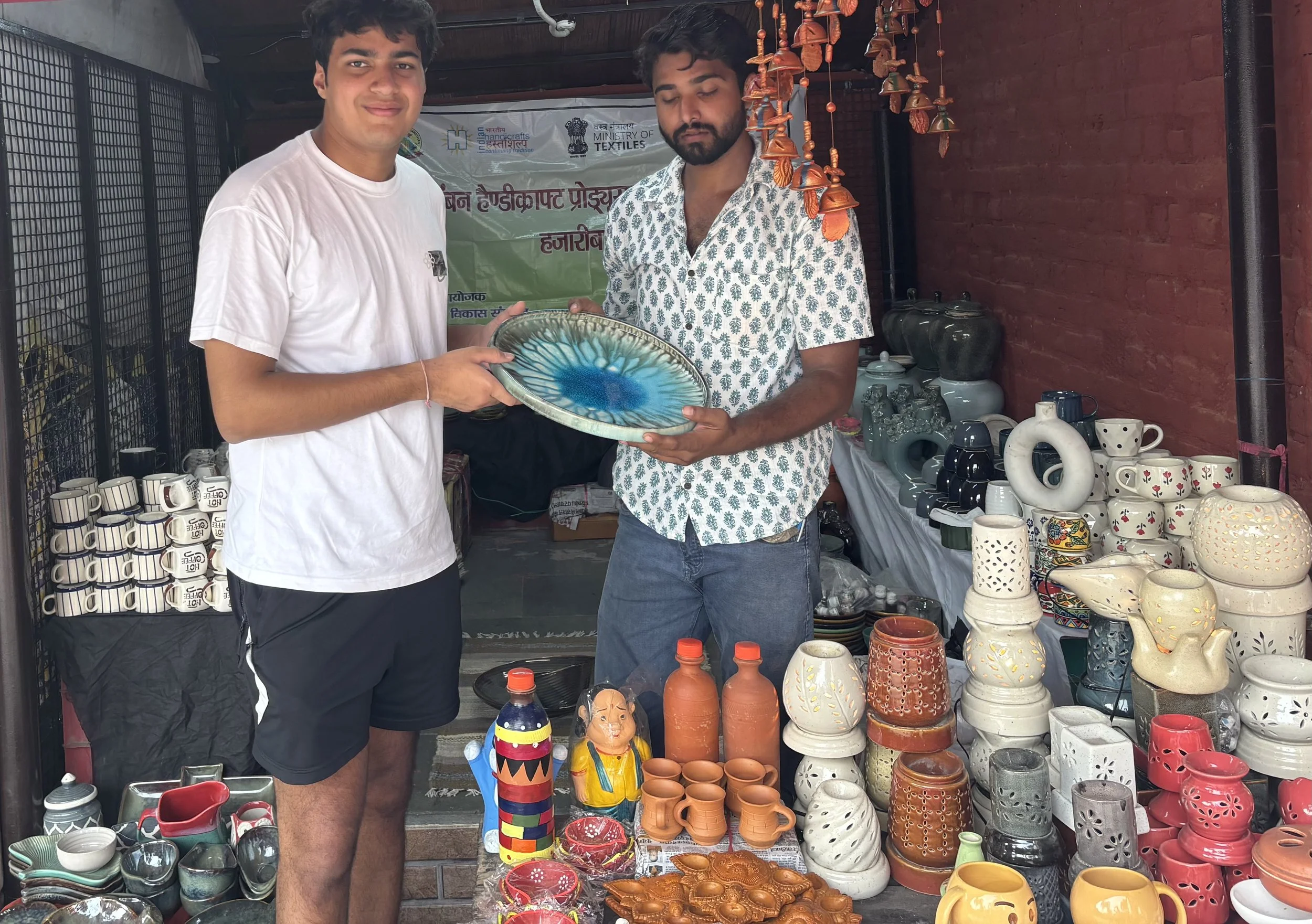Research
HAAR WAVELETS & SOLUTIONS OF BVPs WITH APPLICATIONS TO LINGUISTIC HIERARCHIES
Under the mentorship of Prof. Shiraz Minwalla, Breakthrough Prize (New Horizons) Prize Winner
S.T. Yau High School Science Award (Asia) - Finalist (Math)
ABSTRACT
In this report, various problems regarding differential equations are studied when ordinary differential equations (ODEs) have a complicated solution by a direct method. When this type of problem arises, we always try to use the numerical solution method but, we have solved it by using Haar wavelets.
Before coming directly to the solution, we have studied the Haar wavelets. Then we have discussed the properties of Haar wavelets. Then we have discussed the advantages of the application of Haar wavelets in an ordinary differential equation in short, and other applications of wavelets in ODEs and examples based on boundary value problems (BVPs).
In addition to mathematical problems, the concept of Haar wavelets can also be extended to model linguistic signals, such as speech or sound, which behave as non-stationary time-dependent systems. The same mathematical framework used to represent boundary value problems can be applied to analyze how linguistic signals vary across time, capturing both local and global changes in pitch, intensity, and structure.
ABSTRACT
This paper discusses how traditional potters in Khurja, a town in Uttar Pradesh famous for its pottery, have adapted to modernity. It challenges the widespread assumption that potters are conservative and averse to technology, arguing that rather than disruptioning tradition, technological advancements are used by artisans to reinterpret traditional forms and techniques in order to stay economically viable and preserve their culture.
As a part of this study, extensive field work was conducted across workshops, kilns, and industrial units in Khurja. Through artist accounts, it was understood that new tools such as mechanical wheels and gas-fired kilns aren’t seen as threats to tradition but as means of improving efficiency while maintaining the art’s innate qualities. Motifs continue to be drawn from memory and tradition, even when produced on factory-made wares.
The study introduces the concept of adaptive authenticity, or the ability of a craft to change without losing its roots, to describe Khurja pottery. In this case, tradition does not act as a resistance to change, but allows artisans to deal with modernity on their own terms.
The Aesthetics of Adaptation: Tradition and Modernity in Khurja Pottery
Under the mentorship of Prof. Prashant Chhajer, RKNEC

